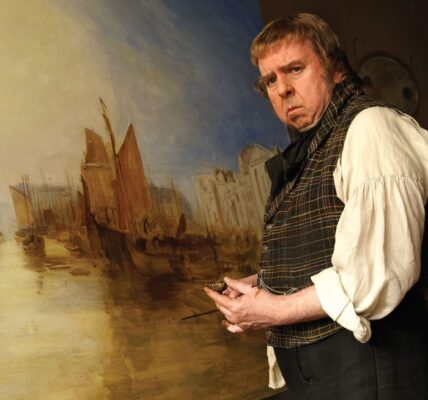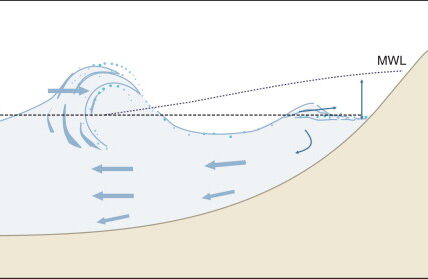A Shared Vision
When William Goldman wrote that ‘nobody knows anything’ in the film world, he was alluding to the inherent unpredictability of what makes a successful movie. The magic of the moving image is not guaranteed by great writing, sublime performance or even singularity of vision: it’s an alchemic process fuelled by the collaborative nature of the medium, and the partnership between a director and cinematographer is a key element within this process. Mix correctly and sparks can fly.
One particularly fruitful pairing of modern cinema has been that of Brazilian director Fernando Meirelles and Uruguayan cinematographer César Charlone. Their three films (City of God, The Constant Gardener and Blindness) have showcased some of the most visually arresting imagery of recent times and their evident rapport speaks volumes about what can happen when great artists collide.
“Even before my relationship with Fernando, I always observed how some directors tend to have this relationship and some directors tend to change all the time,” reveals Charlone of this delicate balance. “I think it was John Huston who didn’t repeat the director of photography from one film to the other. Some directors are very faithful; it’s like a marriage to their ‘husband’ photographers. And others are very playboy, going around with all different types of photographer!”
Invariably it’s the cinematographer-the silent partner-that gets overlooked in this marriage; they may be known as the ‘masters of the light’ but they reside in the shadows. Most cinema fans could identify a Wes Anderson film, but how many would know how to spot a Robert Yeoman feature? The celebrated cinematographer Vittorio Storaro (The Conformist, Apocalypse Now, The Last Emperor) said that cinematography was a shared art that couldn’t be articulated by any one single person. Orson Welles recognised this: he gave cinematographer Gregg Toland equal billing by putting their names together in the final credits for his chef-d’oeuvre, Citizen Kane.










